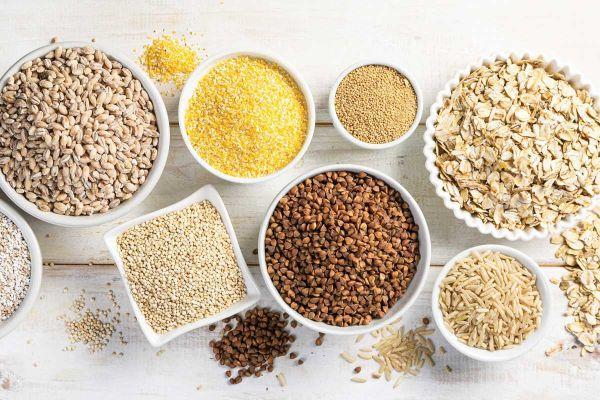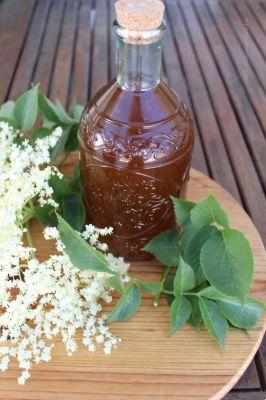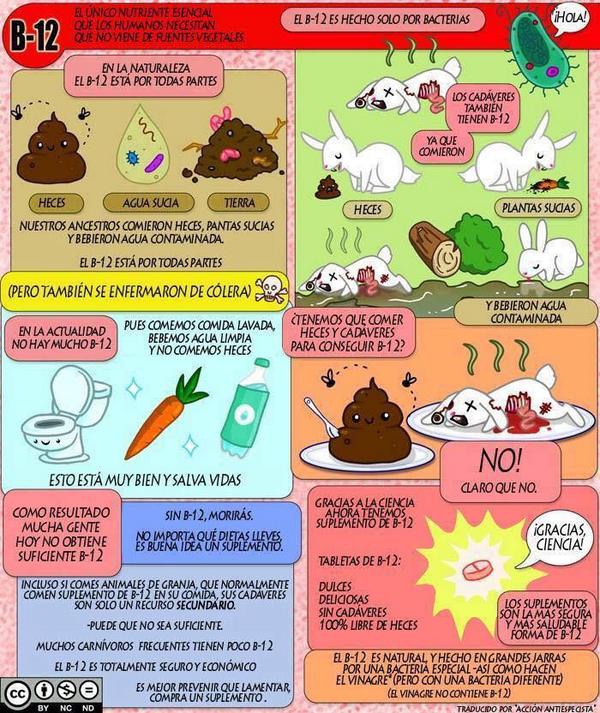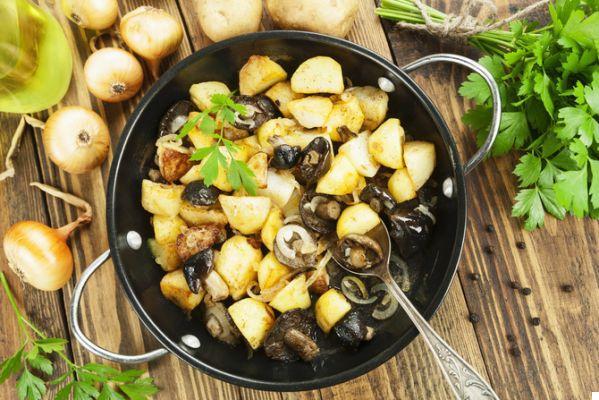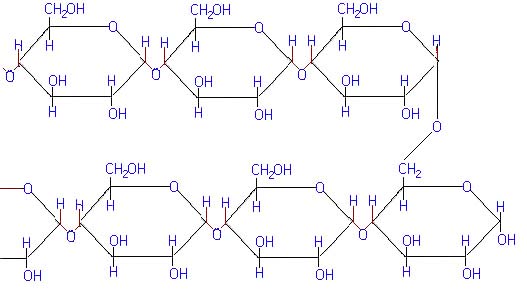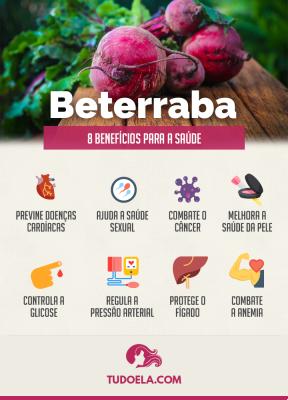
La beetroot, whose botanical name is Beta Vulgaris, is indicated in various other ways: beetroot, red beard, red carrot according to the regions and the country in which it is grown.
It's a tuber whose red color characterizes the outer skin, roots, leaves and petioles.
This vegetable possesses manifold property both from a nutritional profile, both from a point of view phytotherapeutic. Despite various popular sayings, it is also possible to squeeze juice from a turnip!
The properties of the beetroot
The beetroot is a vegetable from very few calories, 100 grams of red turnips contain 19 Kcal.
This feature makes it an elective ingredient in low calorie diets. It is made up of approximately 91% water, 4% carbohydrates, 2,5% fiber, a minimal part of proteins and fats.
The interesting nutritional and phytotherapeutic aspect is due to the large quantity of mineral salts and vitamins that this tuber as such carries with it: the beetroot is a healthy carrier of iron, calcium, potassium, phosphorus and sodium.
Le Vitamins contained are some of the group B: the B1, B2 e B3, and the Vitamin C. The root also contains saponins, flavonoids and anthocyanins.
Thanks to this rich composition, the beetroot has:
> purifying and refreshing properties: the supply of water and mineral salts such as potassium help the physiological drainage of liquids;
> remineralizing properties: the supply of calcium and sodium for bones and tissues contributes to the natural skeletal elasticity, but since the beetroot is rich in oxalates, it is good to pay attention in case of kidney stones or a tendency to form;
> digestive properties: the beetroot stimulates the secretion of gastric juices which facilitate digestion. Those who suffer from gastritis, on the other hand, must pay attention to the consumption of this tuber to avoid acidity.
The benefits of beetroot
Considering its particular properties, the beetroot is a vegetable that can be included in targeted and specific diets, to assist in pharmacological and phytotherapeutic treatments.
> In case of hypertension: helps to lower blood pressure because it has a diuretic, purifying and refreshing action.
> Brings benefits to the microcirculation: the beetroot is rich in anthocyanins which strengthen the blood vessels, counteract capillary fragility and perform an active action against edema.
> Brings benefits to theanemia: the mineral component and the iron in particular, they make the beetroot a food to be included in the diet of those who have deficiencies such as weakened red blood cells and low levels of iron in the blood.
> Brings benefits to the colon: absorbs bile acids, which could interact with intestinal bacteria and produce carcinogens, and promotes the growth of good bacteria, such as a probiotic.
Indications for the intake of beetroot
Unlike other foods, beetroot is allowed:
> in diabetic states: the beetroot can be safely consumed thanks to the low sugar content even by diabetic subjects. It has a purifying and draining action on the liver;
> during pregnancy: the beetroot can be eaten without contraindications, relax your legs, helps to drain liquids, eliminates toxins, strengthens the blood, protects the veins, provides folic acid.
The red turnip juice
Il beetroot juice it is a drink very rich in nutrients useful for the well-being of the organism.
THEextractor it is able to preserve all the active ingredients of the tuber, without burning the vitamins contained as it would be in the case of hot centrifuges.
There are many recipes to make red turnip juice tastier and richer, for example by adding ginger and lemon o ginger and apple.
A healthy drink for the liver, intestines, with draining and purifying properties.





